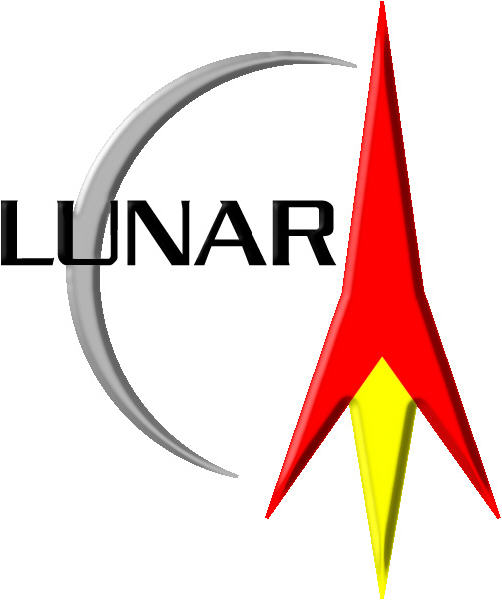 LUNAR’clips
2003
Volume 10, Number 3
LUNAR’clips
2003
Volume 10, Number 3
 LUNAR’clips
2003
Volume 10, Number 3
LUNAR’clips
2003
Volume 10, Number 3
Livermore Unit of the National Association of Rocketry May/June 2003
Copyright © 2003 by LUNAR, All rights reserved.
The Johnson Space Center in Houston, Texas, became the center for monitoring NASA's manned space flight missions back in 1965, starting with the Gemini 4 mission. It originally used a mainframe computer that required 80 technicians to maintain it around the clock while a mission was in progress. The Flight Control Room (FCR - pronounced "ficker") had seventeen control stations that we all saw on television as the moon-landing program was under way.
In July, 1995, starting with the STS-70 shuttle mission, a new $250,000,000 Mission Control Center (Building 30) was brought into use, utilizing client-server technology. This MCC has two Flight Control Rooms, which can be used for an actual mission or for training purposes, although a new classroom/control training room was added in 2000 [ 2] as both FCRs were ending up being used for support of shuttle and space station missions. Each FCR has nineteen primary consoles and three large displays at the front of the room. There is also a Multipurpose Support Room (MPSR) where specialists monitor and analyze incoming data, and two Payload Operations Control Centers (POCCs) for monitoring and controlling experiments being carried out in the shuttle's cargo bay (these POCCs are located in Huntsville, Alabama, and Greenbelt, Maryland).
Half of the first floor of the MCC is the windowless Mission Operations wing, the other half is the Operations Support wing containing more conventional office space [3].
The consoles in the MCC's Flight Control Rooms have various roles [ 1]:
Each of the flight controllers in the FCR is backed up by many other engineers and flight controllers based in nearby support rooms.
The aim of the Mission Control Center is to monitor the activities and conditions during a mission, to ensure that things are occurring within the expected parameters for the mission's flight plan, and to be able to take or recommend corrective action when things start to deviate from that norm. Sadly, we know that things can sometimes happen far too quickly to take remedial action, but normally the diligent monitoring and control from the Johnson Space Center's Mission Control Center has resulted in successful missions and some substantial advances in technology and science.
[1] http://home.houston.rr.com/w5hlm/nasa.html
[2] http://www.chron.com/content/interactive/space/station/stories/2000/20000817.html
[3] http://science.ksc.nasa.gov/shuttle/technology/sts-newsref/sts-jsc.html
All content is the responsibility of LUNAR.
If you have comments or suggestions regarding these web pages,
please contact the 
Copyright © 1992 - 2025 LUNAR